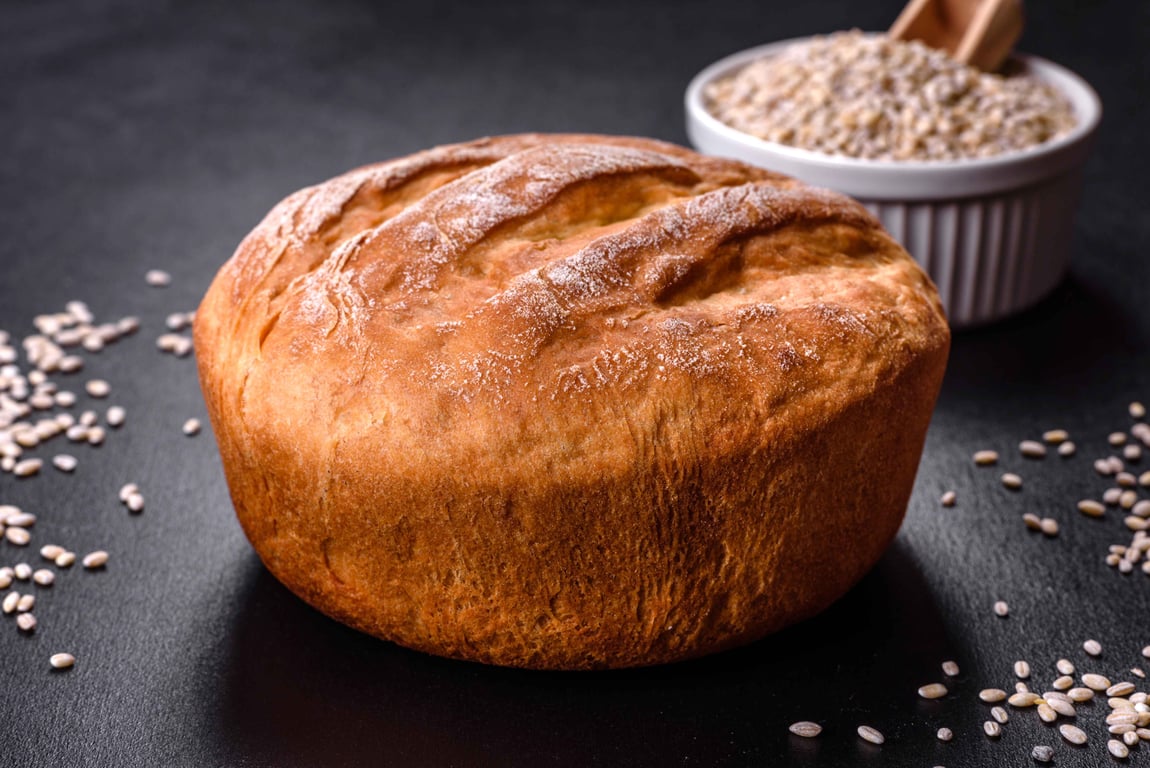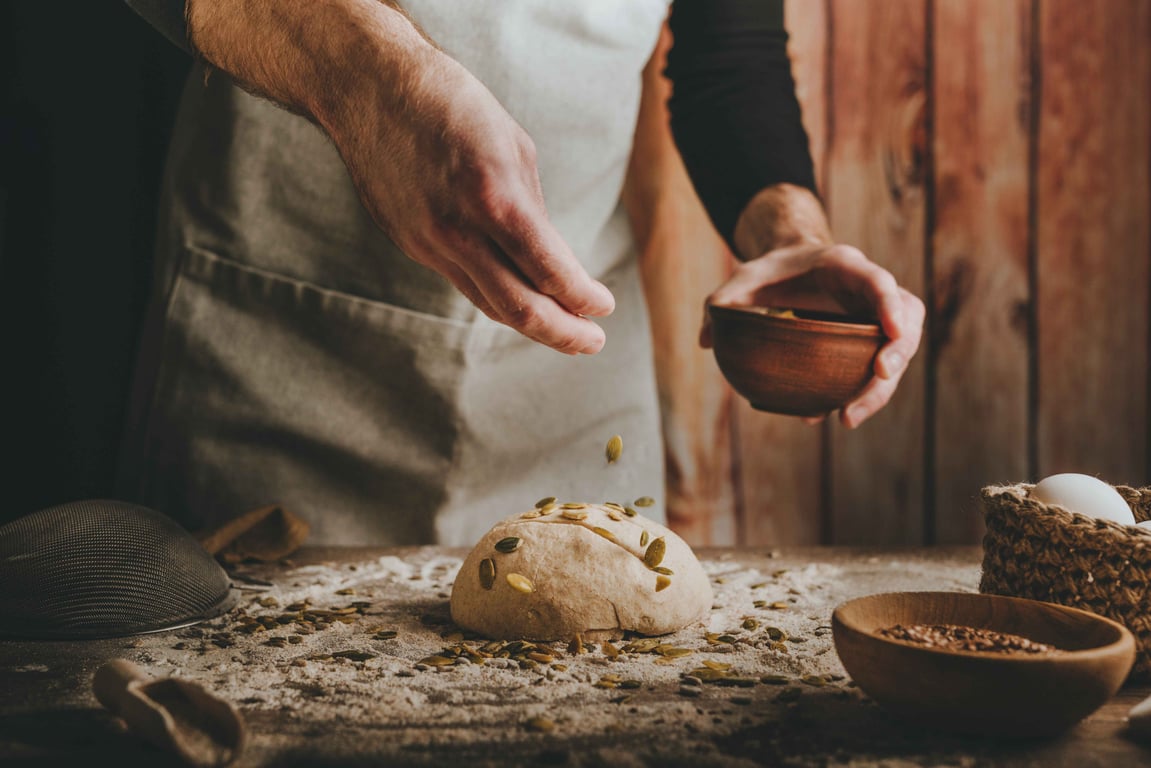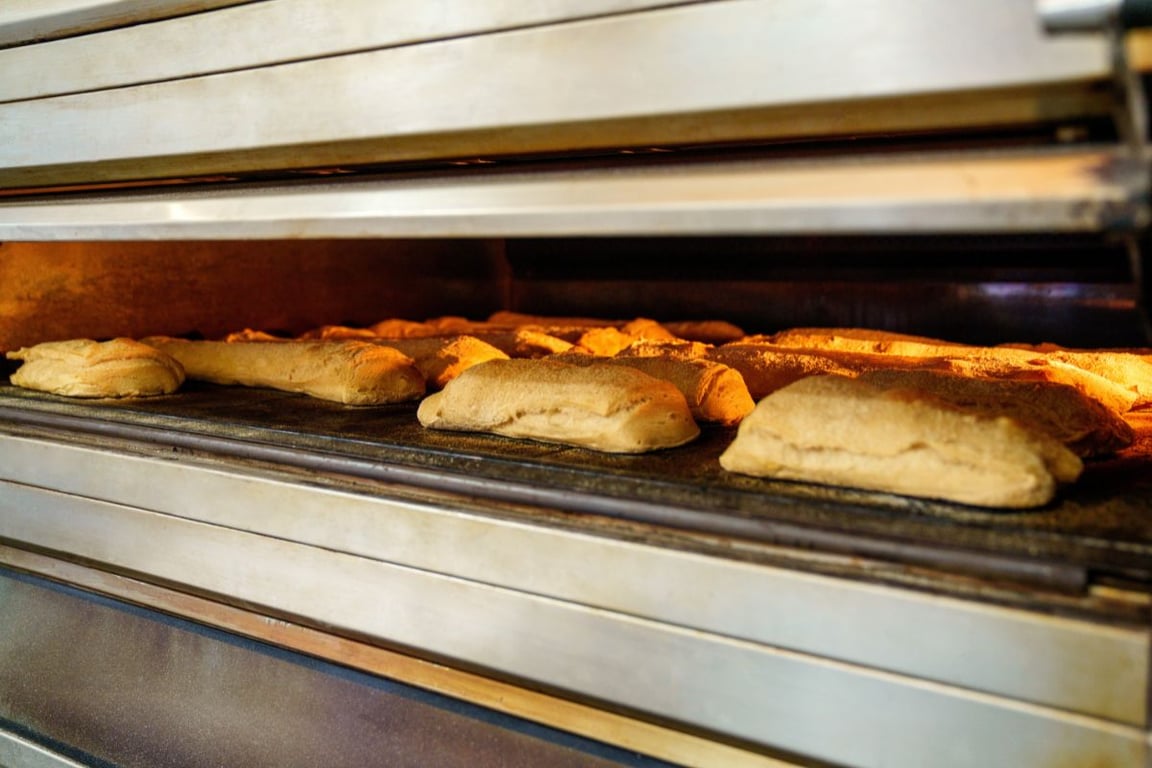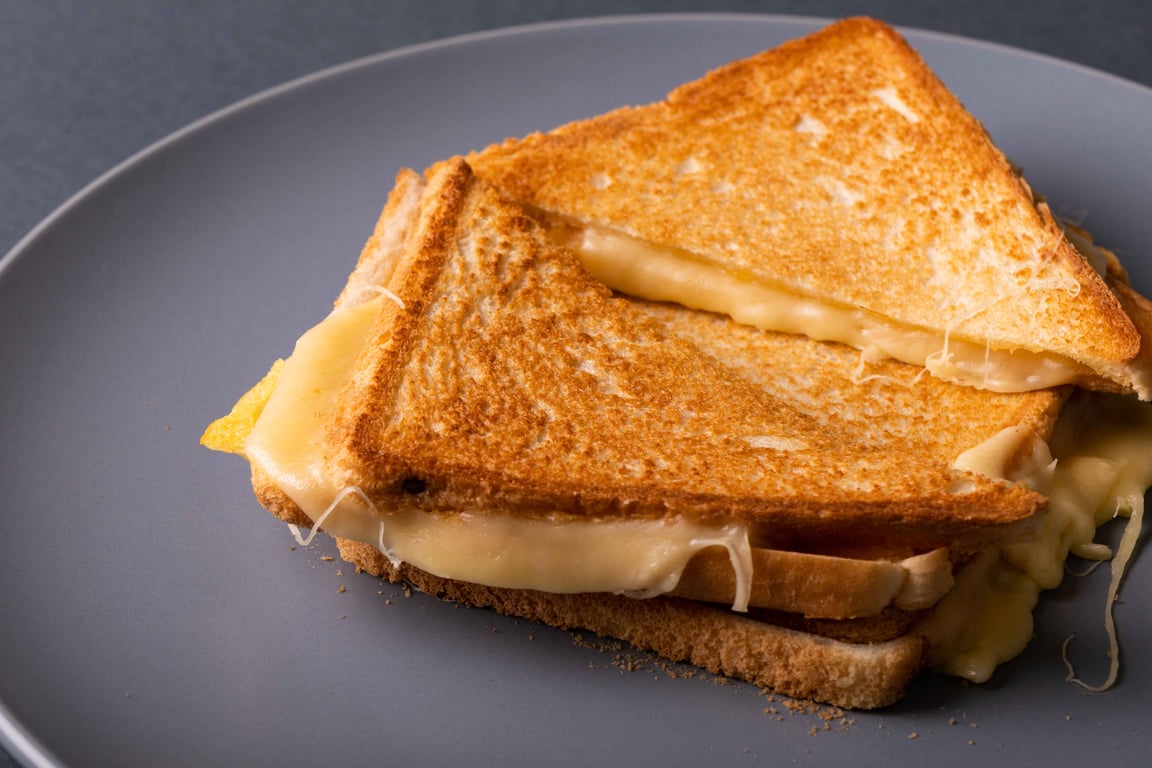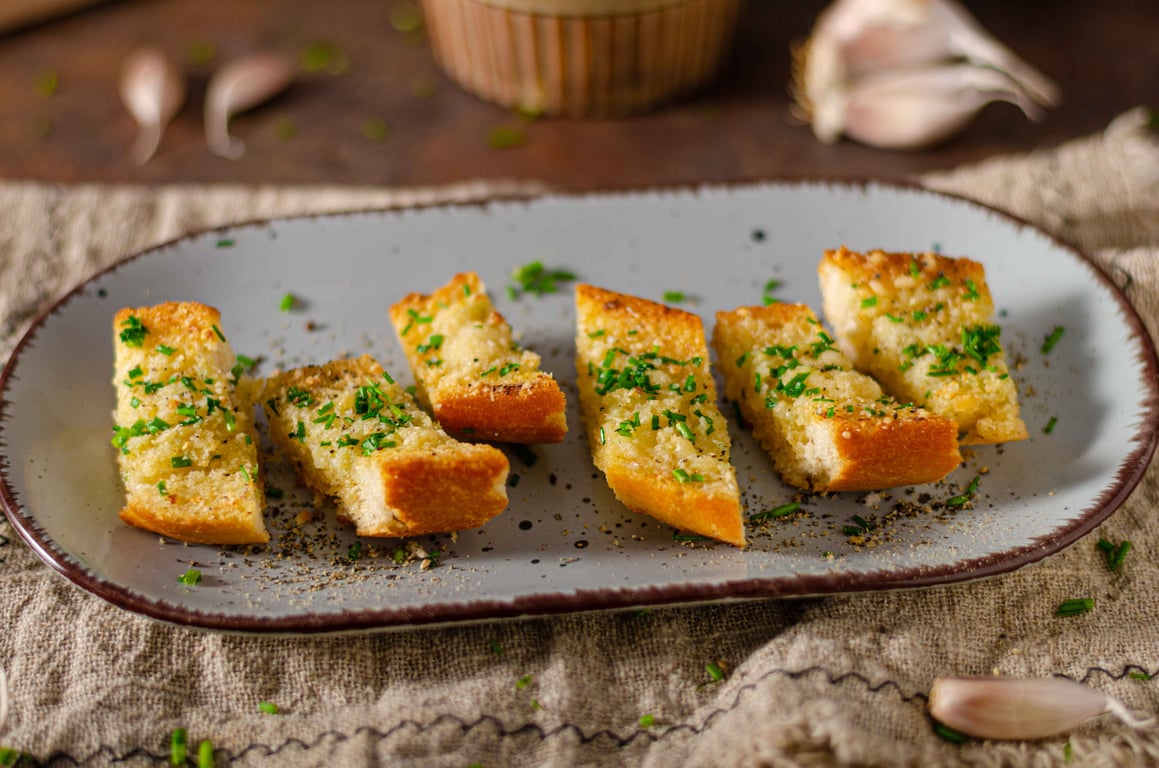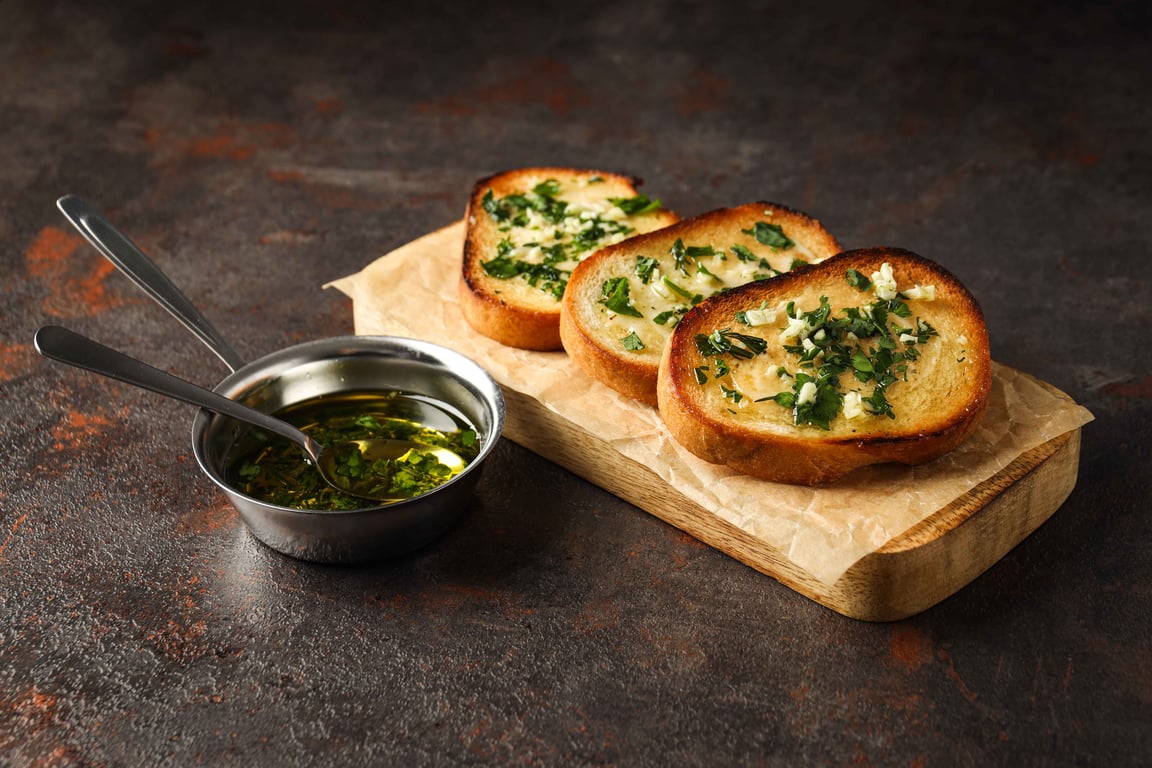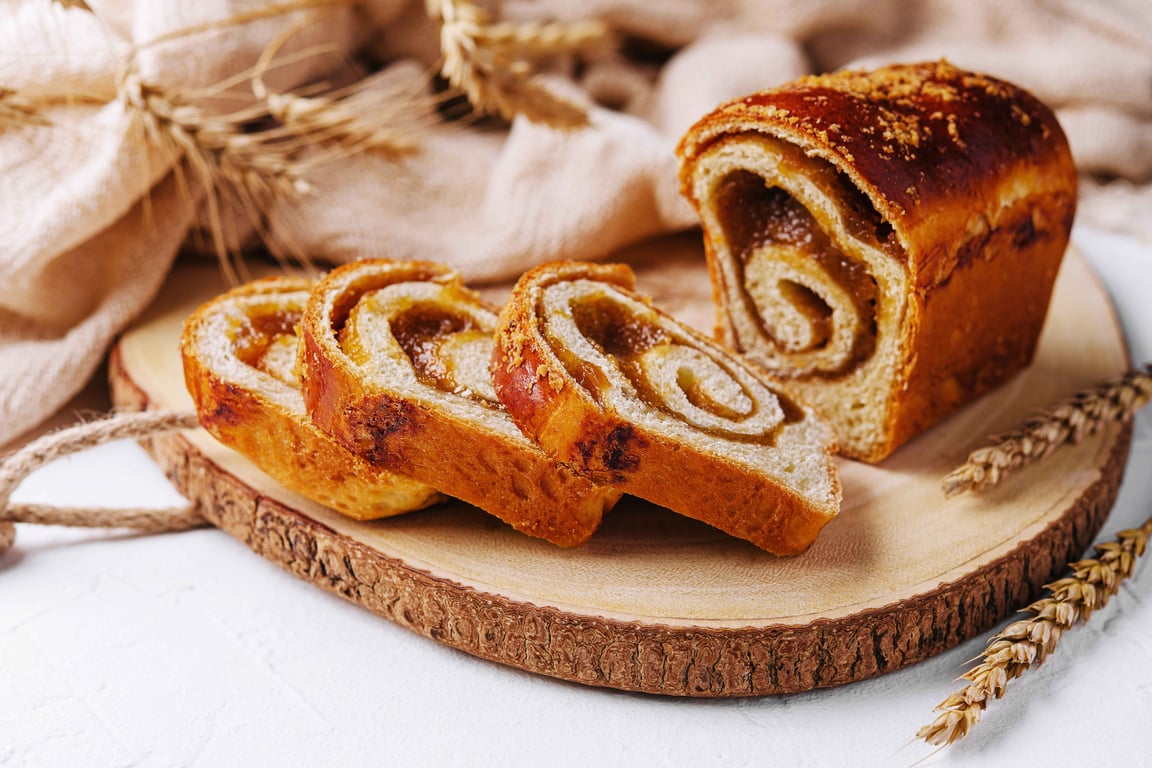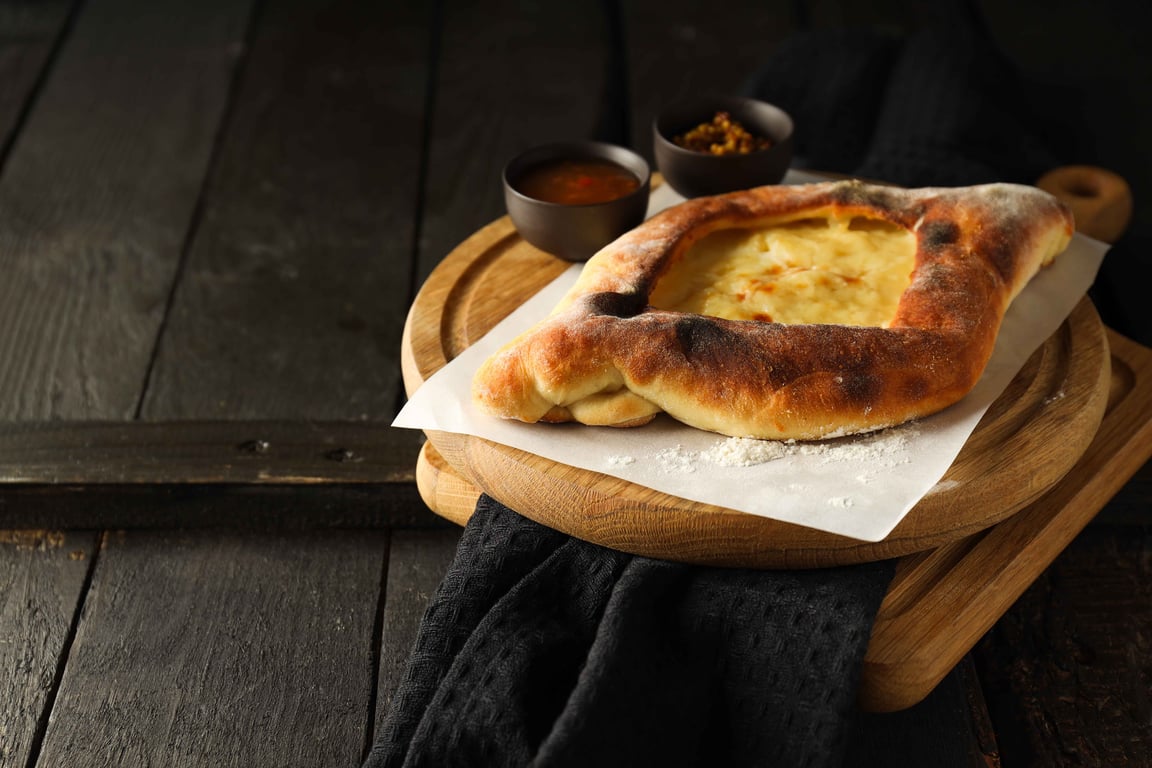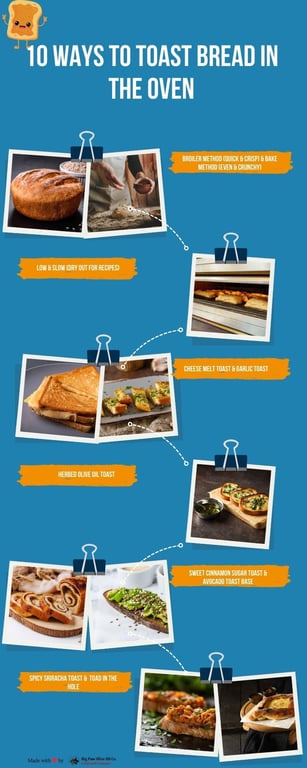10 Ways to Toast Bread in the Oven
There’s something magical about pulling a tray of freshly toasted bread from the oven—crust crackling, crumb still warm, and the kitchen filled with that unmistakable nutty aroma of good olive oil. While a countertop toaster browns only the surface, oven heat seeps into every air pocket, turning plain slices into crisp, flavor-packed canvases ready for sweet spreads or savory toppings. With just a light brush of Big Paw extra-virgin olive oil, each method below transforms an everyday loaf into a golden bite that can anchor breakfast, elevate appetizers, or rescue day-old bread destined for stuffing. Whether you need lightning-quick crunch under the broiler or a low-and-slow technique to dry cubes for holiday recipes, these ten oven approaches will ensure every slice earns its place at the table.
1. Broiler Method (Quick & Crisp)
Many cooks ask how to toast bread under broiler heat when they want ultra-crisp slices fast for bruschetta or soup toppers.
How: Brush both sides with olive oil, place the rack near the element, and broil about sixty seconds per side—that’s generally how long to broil bread for toast without scorching.
Pros: Intense top heat delivers razor-sharp crunch in under two minutes, freeing the stovetop for other tasks.
Cons: Bread can burn before you blink, so this approach demands full attention and quick tongs.
2. Bake Method (Even & Crunchy)
A steady 400 °F bake remains the most reliable baked toast recipe for anyone chasing evenly browned, sturdy slices.
How: Arrange bread on a wire rack set over a sheet pan; eight minutes of consistent heat produces oven toasted bread that is crisp from center to crust without flipping.
Pros: Hands-off baking lets you prep toppings while slices brown uniformly on both sides.
Cons: Preheating and bake time use more energy than broiling, so it is slower when you need only one or two pieces.
3. Low & Slow (Dry Out for Recipes)
Holiday cooks rely on this technique when they need oven dried bread for stuffing that stays firm in broth.
How: Spread cubes on a tray and bake at 250 °F for thirty-five minutes, stirring once; that gentle pace is how to dry out bread in oven without deep browning.
Pros: Dehydrated crumbs absorb dressing flavors yet keep their shape, and the pale color blends into any recipe.
Cons: It is the slowest method and won’t satisfy a sudden craving for hot toast at breakfast.
4. Cheese Melt Toast
Nothing beats an oozy oven cheese melt when comfort food calls.
How: Lightly toast bread first, cover it with shredded cheddar or mozzarella, and return it to the heat for two minutes to finish a classic baked cheese toast recipe.
Pros: One pan delivers molten topping and crisp base that pair beautifully with tomato soup or salad.
Cons: Melted cheese glues itself to pans, and the calorie count climbs quickly if you make this every night.
5. Garlic Toast
The promise of garlic bread in oven form can draw a family to the table before the main dish is plated.
How: Blend softened butter, minced garlic, parsley, and olive oil; spread thickly and bake at 375 °F for ten minutes to achieve crave-worthy baked garlic toast—an easy garlic toast recipe you’ll repeat often.
Pros: Buttery herbs seep into the crumb, delivering intense flavor beside pasta, chili, or roasted vegetables.
Cons: Butter adds saturated fat, and minced garlic can char if the slices sit too close to the upper element.
6. Herbed Olive Oil Toast
This herb toast recipe turns leftover baguette into a Mediterranean snack with almost no effort.
How: Whisk oregano, thyme, sea salt, and Big Paw olive oil; brush generously and bake until each olive oil bread toast cracks audibly, then top with tomato salad or whipped feta for Mediterranean toast ideas.
Pros: Dried herbs bloom in hot oil, perfuming the kitchen while adding zero extra cooking time.
Cons: Herbs darken fast, so you must watch the last minute, and oiled slices soften if they sit more than fifteen minutes.
7. Sweet Cinnamon Sugar Toast
For an easy sweet breakfast toast, many households rely on cinnamon sugar toast in oven form instead of a frying pan.
How: Blend softened butter, olive oil, cinnamon, and sugar; spread over bread and bake at 375 °F until the topping bubbles into shiny, baked cinnamon toast bliss.
Pros: Caramelized sugar forms a glassy shell that shatters with the first bite and feels nostalgic yet special.
Cons: The sugary crust loses crunch as it cools, and the sweetness makes this better for occasional treats than daily fare.
8. Avocado Toast Base
Oven toasted bread for avocado toast stays crisper under creamy toppings than slices from a pop-up toaster.
How: Bake thick sourdough until the crust rings when tapped, let it cool one minute, then follow your favorite avocado toast base recipe; many brunch fans insist this is the best toast for avocado because it never sags.
Pros: Firm structure supports generous toppings and combines the healthy fats of avocado with those of olive oil.
Cons: Thick slices may need an extra minute to brown, and you must assemble quickly or steam will soften the crumb.
9. Spicy Sriracha Toast
Heat lovers will swoon over glossy sriracha bread toast that balances sweet, spicy, and savory flavors.
How: Stir olive oil, Sriracha, and a drizzle of honey, brush each slice, and bake six minutes for one of the simplest chili toast ideas you’ll ever try.
Pros: The sweet-hot glaze caramelizes beautifully, matching well with fried eggs, grilled shrimp, or roasted veggies.
Cons: Sauce can drip and smoke, so parchment helps with cleanup, and the spice level may overpower gentle palates.
10. Toad in the Hole
A playful baked egg toast—often called toad in the hole toast—combines protein and starch in one neat package.
How: Cut a two-inch circle from the center, oil the pan, crack an egg into the opening, and bake at 400 °F until whites set for a faultless egg in a hole toast recipe.
Pros: Crispy edges, creamy yolk, and minimal dishes make it a favorite with kids and adults alike.
Cons: Timing the perfect yolk demands close watch, and the cut-out centers can darken faster than the slices holding eggs.
Save this infographic about the 10 ways to toast your bread in the oven by Big Paw Olive Oil!
Whether you reach for the broiler, crank the oven to roast, or drop the temperature to dry crumbs slowly, a single loaf supports endless textures and flavors. The small step of brushing each piece with Big Paw extra-virgin olive oil deepens browning, adds subtle fruitiness, and gives ordinary bread a professional edge. Keep these techniques handy, and you’ll always have the right toast—crisp, chewy, sweet, or savory—for breakfast plates, party trays, or holiday pans of stuffing.


 Fax : 1-973-799-0901
Fax : 1-973-799-0901 Call us now: +1 408-464-9048
Call us now: +1 408-464-9048


